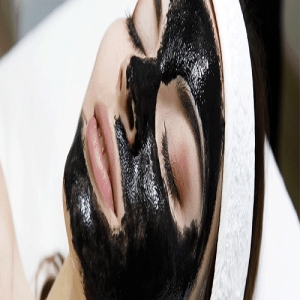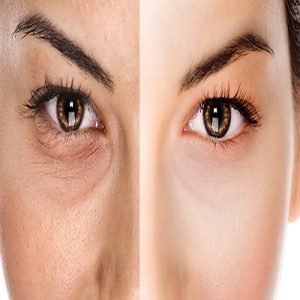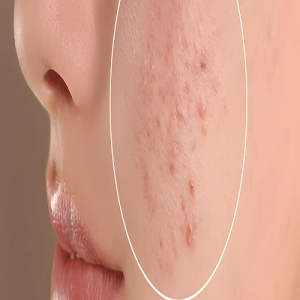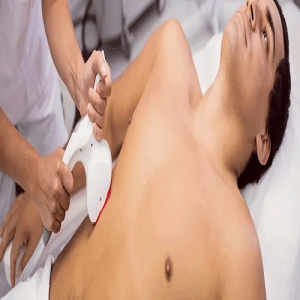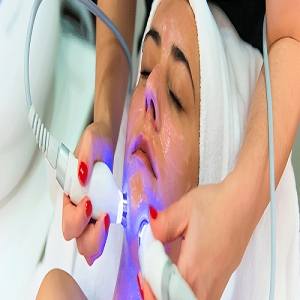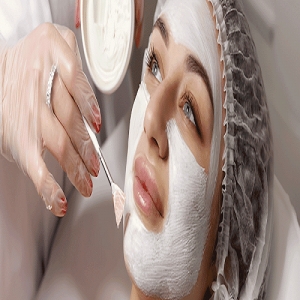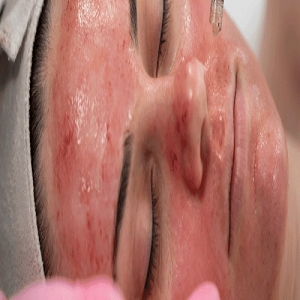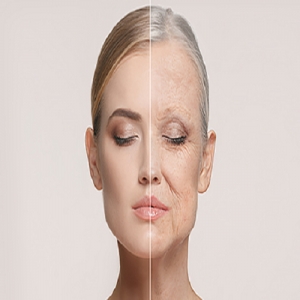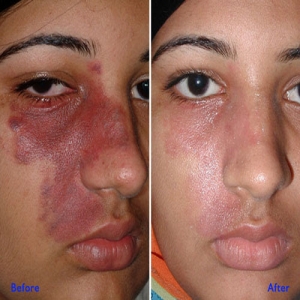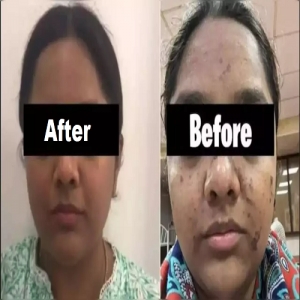Tattoo Removal By Laser
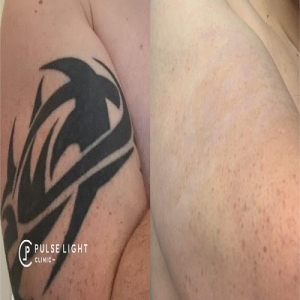
Tattoo Removal By Laser
Tattoo removal by laser is a medical procedure that uses specialized laser technology to break down and remove unwanted tattoos from the skin. Laser tattoo removal is considered one of the most effective methods for eliminating tattoos, offering significant advantages over traditional methods such as surgical excision or dermabrasion. Here's how the process generally works:
-
Consultation: The process typically begins with a consultation with a dermatologist or trained laser technician. During this consultation, the practitioner will assess the tattoo, evaluate the skin type, discuss treatment options, and establish realistic expectations for the outcome of the procedure.
-
Preparation: Before the laser treatment, the skin is usually cleansed, and a topical numbing cream may be applied to minimize discomfort during the procedure. Protective eyewear is also worn to shield the eyes from the laser light.
-
Laser Treatment: The laser emits highly concentrated pulses of light that penetrate the skin and target the ink particles trapped within the dermal layer. The laser energy is absorbed by the ink pigments, causing them to fragment into smaller particles.
-
Ink Breakdown: As the ink particles break down, the body's immune system gradually removes them through natural processes, such as phagocytosis (engulfing and disposal by immune cells) and lymphatic drainage.
-
Multiple Sessions: Laser tattoo removal typically requires multiple treatment sessions spaced several weeks apart to achieve optimal results. The number of sessions needed depends on factors such as the size, color, depth, and age of the tattoo, as well as the individual's skin type and response to treatment.
-
Post-Treatment Care: After each laser session, the treated area may appear red, swollen, or blistered, similar to a mild sunburn. It's important to follow post-treatment care instructions provided by the practitioner, which may include keeping the area clean, applying topical ointments or moisturizers, avoiding sun exposure, and avoiding activities that could irritate or traumatize the skin.
-
Results: Over time, as the body continues to eliminate the fragmented ink particles, the tattoo gradually fades, and the skin's appearance improves. While complete tattoo removal may not always be possible, laser treatments can significantly lighten or remove many tattoos, leaving minimal scarring or damage to the surrounding skin.
It's essential to undergo laser tattoo removal under the supervision of a qualified and experienced medical professional to minimize the risk of complications and achieve the best possible results. Additionally, individuals considering tattoo removal should be aware that the procedure can be uncomfortable and may not completely erase the tattoo, especially if it contains certain colors or intricate designs.
Send Enquiry

